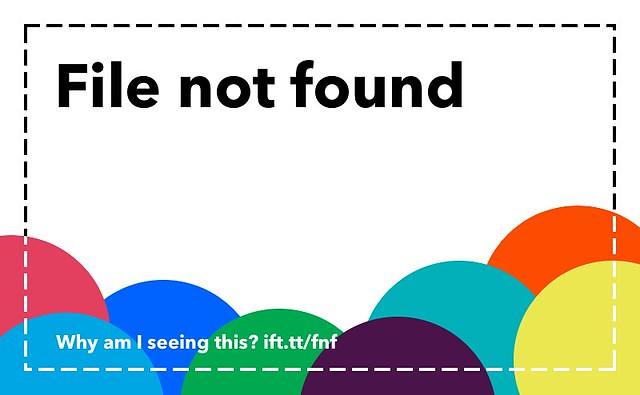Life insurance is a financial safety net designed to provide security and peace of mind to policyholders and their beneficiaries. However, an intriguing question arises within the realm of behavioral economics and psychology: Does life insurance inadvertently encourage individuals to engage in riskier behavior? This article delves into the potential relationship between life insurance coverage and risk-taking tendencies. By examining various studies, expert opinions, and real-world scenarios, we aim to explore whether the assurance of financial protection could lead individuals to alter their risk calculus. Understanding this dynamic is crucial not only for insurers and policyholders but also for policymakers and stakeholders concerned with public safety and economic stability.
Understanding the Relationship Between Life Insurance and Risk-Taking Behavior
Life insurance is often seen as a safety net, a mechanism to secure financial stability for loved ones in the event of an untimely demise. However, it also introduces an intriguing psychological dynamic when it comes to risk-taking behavior. Life insurance policies can inadvertently influence individuals’ willingness to engage in riskier activities, as they may feel a sense of financial security knowing their family is protected. This psychological effect, often referred to as “moral hazard,” suggests that the presence of insurance might lead individuals to adopt less cautious behaviors, assuming that the potential financial repercussions are mitigated.
There are several factors that could explain this phenomenon:
- Perceived Safety Net: Individuals may feel that having life insurance diminishes the personal financial consequences of risky actions, potentially leading them to take risks they might otherwise avoid.
- Risk Compensation: Some people might balance out their increased sense of security with a proportionate increase in risk-taking, consciously or subconsciously adjusting their behavior.
- Psychological Distance: The abstract nature of insurance payouts can create a psychological distance from the real-world consequences of risky actions, making them appear less daunting.
Understanding these dynamics is crucial for insurers and policyholders alike, as they navigate the complex interplay between coverage and personal behavior.

Analyzing Psychological Factors Influencing Policyholders Decisions
When examining the psychological elements that guide policyholders in their decision-making process, several intriguing factors come into play. Cognitive biases such as the optimism bias can lead individuals to underestimate potential risks, potentially fostering a sense of invincibility. This mindset may result in engaging in riskier behaviors, as individuals might perceive their insurance as a safety net. Furthermore, perception of control is another psychological aspect influencing decisions. Those who believe they can control outcomes may be more inclined to take risks, viewing their life insurance policy as a strategic tool rather than merely a protective measure.
- Optimism Bias: Underestimating risks due to positive outlook.
- Perception of Control: Belief in managing outcomes, influencing risk-taking.
- Security Illusion: Viewing insurance as a safety net, potentially encouraging risky actions.
Additionally, social influences and cultural norms can shape how policyholders perceive the function of life insurance in their lives. In some cultures, having insurance might be viewed as a responsible act, aligning with societal expectations and thereby reinforcing conservative behavior. Conversely, in environments where risk-taking is valorized, the presence of insurance might embolden individuals to pursue ventures they might otherwise avoid. Understanding these psychological factors is crucial for insurers seeking to tailor products and communications that align with policyholders’ real-world decision-making processes.

Examining Economic Impacts of Life Insurance on Individual Choices
- Financial Security vs. Risk Appetite: One of the intriguing facets of life insurance is its potential influence on an individual’s risk-taking behavior. While life insurance provides a safety net, ensuring that beneficiaries are financially protected, it may paradoxically encourage policyholders to engage in riskier activities. This is because the perceived safety net can lead to a psychological sense of security, prompting some individuals to take on risks they might otherwise avoid. The financial cushion offered by life insurance can embolden people to explore new ventures or hobbies, potentially increasing their overall risk appetite.
- Economic Decision-Making: From an economic perspective, the presence of life insurance can impact personal financial decisions significantly. Policyholders might be more inclined to invest in high-risk, high-reward opportunities, knowing that their families are safeguarded. Moreover, life insurance can affect consumption patterns, as individuals may feel more confident in spending money on experiences or goods they perceive as adding value to their lives. While this behavior can stimulate economic activity, it also raises questions about the potential for over-leveraging and the broader implications on personal financial health.
Recommendations for Policy Design to Mitigate Potential Risky Behaviors
To effectively mitigate potential risky behaviors that may be inadvertently encouraged by life insurance, policymakers should focus on crafting well-balanced policies that incorporate behavioral insights. Implementing risk-based pricing is a key strategy; it ensures that premiums reflect the insured individual’s risk level, thereby discouraging hazardous activities. This approach not only incentivizes safer behavior but also aligns with the principle of fairness, as individuals who engage in riskier behaviors are not subsidized by those who lead safer lifestyles.
Another crucial aspect is enhancing transparency and education. Policymakers should mandate clear communication from insurers regarding what constitutes risky behavior and the implications for coverage. This could be supported by informational campaigns that educate policyholders about the importance of maintaining a healthy and safe lifestyle. Furthermore, offering wellness incentives, such as discounts for participation in health programs, can motivate policyholders to adopt safer habits. These strategies, when combined, create a comprehensive framework that not only mitigates risky behavior but also promotes overall well-being among policyholders.
Concluding Remarks
the question of whether life insurance encourages risky behavior is multifaceted, encompassing psychological, economic, and social dimensions. While some theories suggest that having life insurance might reduce the perceived consequences of engaging in risky activities, empirical evidence on this matter remains inconclusive. Studies indicate that while a minority might exhibit such behavior, the majority of policyholders do not significantly alter their lifestyle choices due to coverage. Ultimately, the relationship between life insurance and risk-taking is influenced by individual characteristics and societal norms. Further research is needed to explore this dynamic more comprehensively, particularly as new forms of insurance products and societal attitudes towards risk continue to evolve. As with many aspects of human behavior, the impact of life insurance on risk-taking is likely to be complex and varied, warranting a nuanced understanding and approach.

